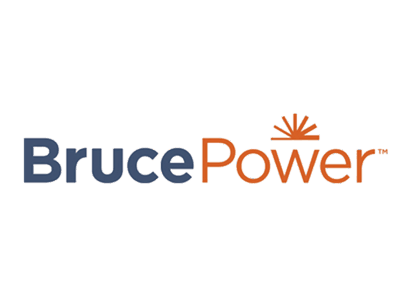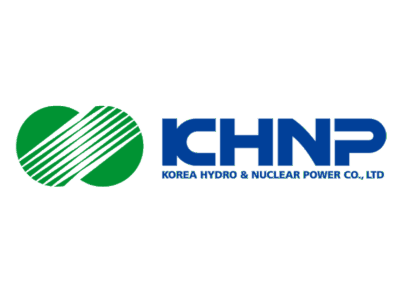Seismic Testing Equipment Overview
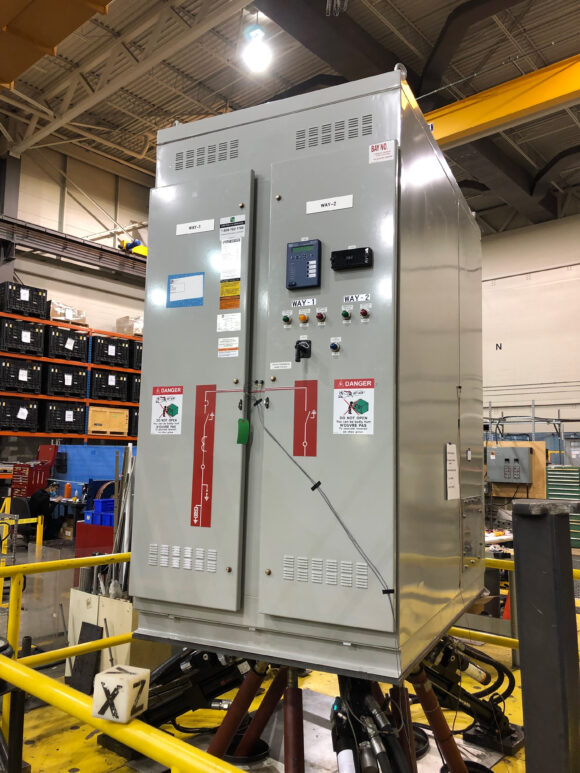
Equipment installed in an earthquake zone will be susceptible to seismic events and vibrations. It is important for safety-related equipment, installed in a nuclear facility, to be able to withstand those conditions and continue to fulfill its safety function.
Seismic Qualification (SQ) is the process of testing equipment in simulated earthquake conditions in order to provide the necessary assurances of continued operability to both the utility and the regulator.
Our complete seismic testing equipment services include the development of the testing program, the seismic and vibration tests themselves, data analysis, and the production of comprehensive test reports.
We meet all the required industry standards and regulations such as 10 CFR 50 Appendix B, IEEE 344, IEEE 382, and the Canadian equivalent CSA N289.4, and produce the results you need to satisfy yourself and your regulator.
Why Our Seismic Testing Equipment?
-
State-of-the-Art Facility
Our internationally recognized facility enables us to cover the full range of seismic testing required for equipment qualification. We operate both tri-axial shaker tables and a RIM (Random Input Motion) table.
-
Reliable Results. Comprehensive Reports
Reliable seismic qualification testing and analysis to recognized industry standards leads to accurate comprehensive reports which include all the information needed to give you and your regulator confidence in the results.
-
Fast Turn Around
To manage emergent or other short-timescale issues we offer expedited services with a fast turnaround. Full testing programs are often completed within 24-48 hours.
-
Experience and Expertise
By constantly investing in and updating our equipment we have maintained our status as a leading supplier of seismic qualification services.
Our Seismic Testing Equipment Technical Abilities
Tri-Axial Table
We have a 3ft X 3ft independent tri-axial T-slotted shaker table with 4,000 lb. capacity, 10-inch stroke actuators, zero period acceleration (ZPA) of 12.0, and an overturning moment of 130,000 ft-lbs. It has a displacement limit of 8 inches with a frequency range greater than 1Hz to 100HZ with a peak sinusoidal velocity of 50 in/sec. Additional key statistics of the table include:
- Motion in 3 directions with minimal coherence between axes
- "Easy-To-Read" single-page presentation of tri-axial test results
- Random, sine-sweep, or continuous sine-wave, excitation
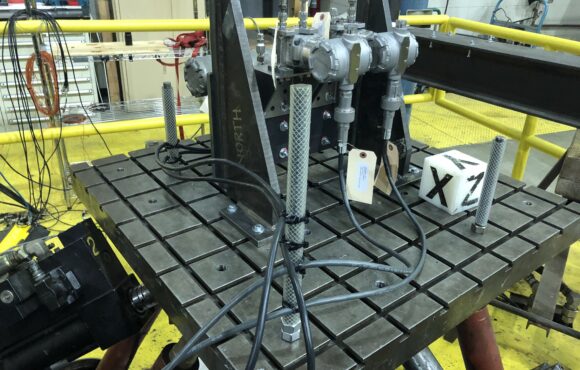

Random Input Motion Table
Our single-axis, hydraulic actuated, Random Input Motion (RIM) Table has a displacement limit of 10 inches and a frequency range greater than 1Hz to 100HZ. It has a peak sinusoidal velocity of over 50 in/sec and a payload capacity of 24,000 lbs with a zero period actuation (ZPA) of 1g or 6000 lbs with a ZPA of 8g.
It has a footprint of 46” by 46” and has an attachment ¾” bolt pattern based on 4” centers. The table itself has a natural frequency in excess of 60Hz.
The table can be configured for testing in both horizontal and vertical axes.

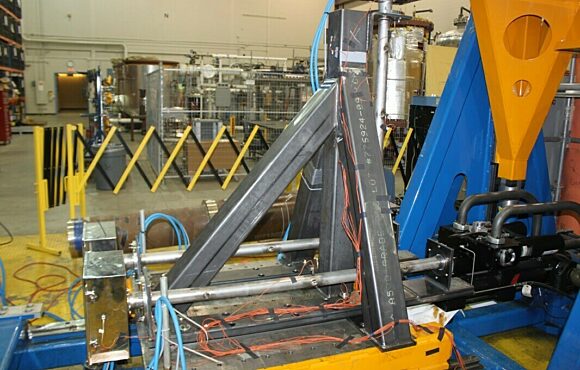

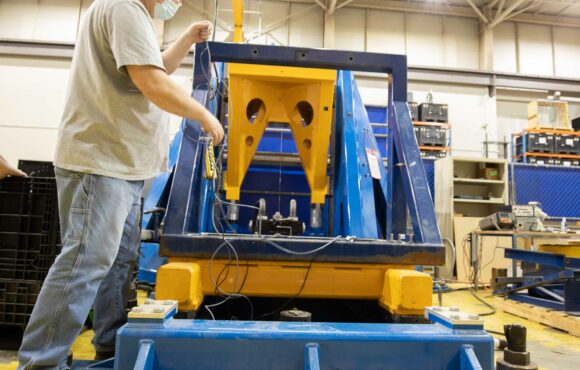
Vibration Research Control System
Our software system is supported by Vibration Research and provides accurate sine sweep and random waveform control, meeting or exceeding the testing requirements. The standard system can acquire up to 12 channels of real-time data at sample rates of more than 1kHz. Additional channels of data monitoring can be added if required. We have a large number of accelerometers available for monitoring acceleration.

Quality Assurance
All work is covered by our QA Program Manual which meets the requirements of all Nuclear Quality Assurance Programs and Standards:
- 10CFR50 Appendix B
- ASME NQA-1 Nuclear Quality Assurance Program
- CSA N299
- CSA N289.4
- NUPIC and NIAC audited
- IEEE 344 audited
- IEEE Three Star Testing Facility (Nuclear Standards Certification)
- Successful Completion of Multiple Routine USNRC Vendor Inspections
- Multiple Customer audits
- Non-safety related work may be performed under our Accredited ISO 9001 Quality System.
Our Proven Experience
Quality Assurance & Technical Standards
- 10CFR50 Appendix B (2021)
- Quality Assurance Criteria for Nuclear Power Plants and Fuel Reprocessing Plants
- ASME NQA-1 (2008)
- Quality Assurance Requirements for Nuclear Facility Applications
- CSA N285.4 (2019)
- Periodic inspection of CANDU nuclear power plant components
- CSA N289 Series (2022)
- Requirements for seismic design and qualification of nuclear power plants
- CSA N290.13 (2018)
- Environmental Qualification of Equipment for CANDU Nuclear Power Plants
- CSA N299
- Quality assurance program requirements for the supply of items and services for nuclear power plants
- EPRI TR-107330
- Generic Requirements Specification for Qualifying a Commercially Available PLC for Safety-Related Applications in Nuclear Power Plants
- IEC/IEEE 60780-323 (2016)
- Nuclear facilities – Electrical equipment important to safety – Qualification
- IEC/IEEE 60980-344 (2020)
- Nuclear facilities – Equipment important to safety – Seismic qualification
- IEEE 317 (1983)
- IEEE Standard for Electrical Penetration Assemblies in Containment Structures for Nuclear Power Generating Stations
- IEEE 382 (2006)
- Standard for Qualification of Safety-Related Actuators for Nuclear Power Generating Stations
- IEEE 383 (2015)
- IEEE Standard for Qualifying Electric Cables and Splices for Nuclear Facilities
- ISO 9001
- Quality Management System
- ISO 17025
- Testing & Calibration Laboratories
- SQUG GIP (2001)
- Generic Implementation Procedure for Seismic Verification of Nuclear Plant Equipment






